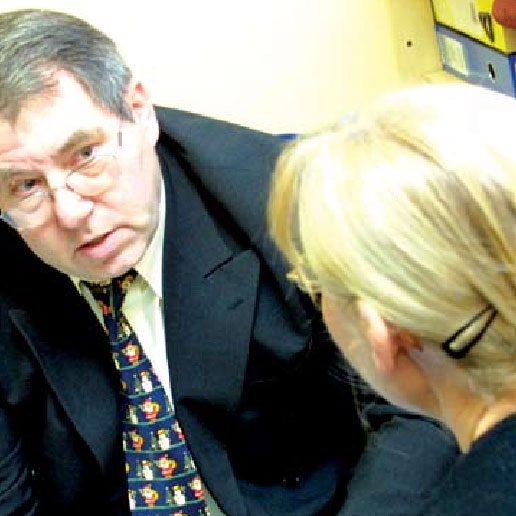
Headteachers are often left on their own to handle allegations of child abuse against teaching staff. Elaine Webster shares some case studies of interventions which illuminate official guidelines.
Working Together 2006 is a guidance document which sets out responsibilities, confidentiality rules and timescales for employers. The embedding of the guidance has taken two years. But when an allegation of abuse if made, professional judgement is needed in every case, whatever rules are put in place. Some employers struggle because they interviewed, employed and inducted the person the allegation is about.
Many employers struggle with investigating ‘transferable risk’ – which means questioning if the accused staff member can care for their own children or other children they are responsible for, like members of a youth club.
Birmingham is unusual in that it has the Silvermere Centre – a dedicated team for helping employers with staff accused of child abuse, where I work. But even so, at least 25 per cent of the calls we take are referred back to the employer or manager. As a service, we are aware that schools deal with issues that do not get referred to us. It is totally appropriate that headteachers exercise professional judgements and decide on appropriate action themselves. But if the matter is a child protection or safeguarding issue and involves a person in position of trust, my team should be involved.
Any process that deals with a person’s professional standing and their career is a challenging area of work and generates debate. The procedures are meant to be a protective factor rather than punitive, but for any person who is subject to an allegation, any process will feel punitive. People particularly complain about how slow the process is. But the Crown Prosecution Service (CPS) is often responsible for the delay – not the individual police officers.